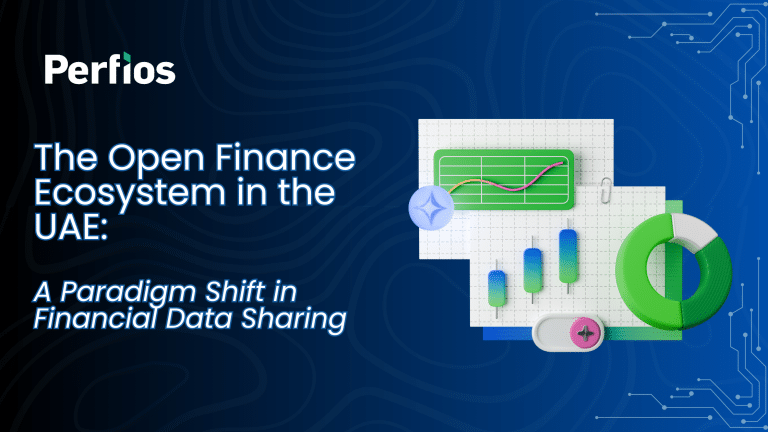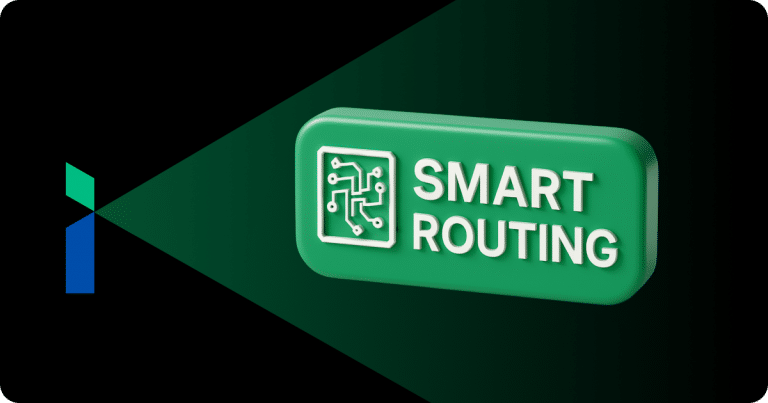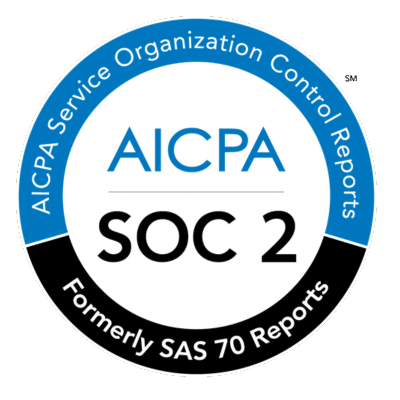So far, this series of blogs has taken the reader into a close at hand inspection of one of the contemporary debates in the alleys of the Indian economy: The Account Aggregator (AA) Framework and its implications for financial services growth in the country. Undoubtedly, amidst an industry landscape that is being progressively Digitalized, the democratization of customer financial data reveals unprecedented opportunities for Financial Institutions (FIs). They stand to reap the most of it through a deliberate choice of a partner for the AA-enabled solutions.
Nevertheless, the focus shifts from strategic to tactical in this concluding installment. Should AA-enablement be canned as a mere feature in the digital business environments of the banks and NBFCs in India, or should it be allowed to bloom into full-scale business lines with open-ended prospects? Regardless of the choice one makes, experience suggests that the cost of secluding powerful ideas in the garb of mediocrity often tends to be unaffordable, and AA is no short of a vision whose time has come!
But before we walk down that lane, here is a rundown on the discourse so far in the interest of continuity and better comprehensibility. The AA framework materializing from an inter-regulatory convergence provides for The Account Aggregators, RBI-approved entities mandated to extract, aggregate and transfer, but not read or store encrypted financial data of the BFSI service customers. At the business level, it classifies FIs into either the Financial Information Providers (FIPs) or Financial Information Users, acting as the fountainhead and the consumers of the data, respectively, case-by-case basis. Underlying the framework are a cadre of Technical service providers (TSPs), technology partners that equip the FIs with the right IT solutions, facilitating their role as a FIP/FIU and operating seamlessly within the AA and OCEN ecosystem.
Perfios, as a pioneer in real-time financial analysis and decisioning space, has been at the crest of the AA-surf since its onset. With a clear notion of the positive implications that enhanced democratization of the financial data on the back of the AA-driven realities holds for the banks and their customers alike, the Sahamati-empanelled TSP invested time and intellect in developing a cutting edge FIP/FIU solution portfolio that will not only outfit but empower users for the future. For the Indian FIs, the outcome of Perfios’s efforts is an incredible simplification of an otherwise complex and cost-intensive integration process into the AA-ecosystem through technical ingenuity. Rightfully, it consolidated the Perfios FIP/FIU product standards as solution implementation benchmarks adhered to industry-wide. However, apart from market-leading offerings and their evaluation yardsticks, the exercise also brought forth an unlikely byproduct: The realization that for the AA framework to deliver on the aspirations of pulling out all stops on the seamless flow of financial services in a country of 1.38 billion, the Indian banks and NBFCs must treat it as a separate business, unshackled from the risk of being reduced to a mere checkbox in credit application forms.
However, is it a utopian fancy or even an almost daring optimism on Perfios’s part to demand setting AA-enabled digital platform on the high pedestal of a dedicated business entity rather than a feature? Far from that, as a seasoned innovator, Perfios’s observations are based on empirical facts. Research suggests that 90% of success for a project is contributed by sustained communication between the stakeholders on both sides of the institutional desks, and globally 33% of the projects fail to realize their full potential, lacking their rightful share of leadership attention. Considering that AA is too revolutionary an idea to be allowed to be imploded into oblivion, history has it that growth and innovation begin at the end of the stereotypical boundaries. The spatiotemporal spectrum is replete with examples for those who care to recount. In the United States, concepts like the ARPANET, the Global Positioning System, the Local Area Network (LAN) technology, and solid-state electronics all crossed over from their erstwhile domain of primarily military applications into the industrial sphere with business cases that altered the course of humanity. Close to home, in India, the Unified Payment Interface (UPI), having originated in the 2012 RBI Vision Document as a Green Initiative to reduce paper usage in domestic payments, has evolved into the country’s premier financial services innovation theme/platform. Taken up with enthusiasm and augmented on mission mode by the industry, its use cases are limited only by imagination, redefining payment practices in a subcontinent where physical currency exchange has so far been the order of the day. Such is the gravity of the idea that the US Federal Reserve embraced it for designing the FedNow real-time payment system.
Even Perfios has its precedent to offer. What sparked as an idea to collect, cross-analyze, and present a panoramic view of financial information collected from different sources to the end-users, encapsulated in the Pefios Personal Finance Manager has been nurtured to culminate into InteGREAT, the world’s first low code platform focused on multiparty use cases for the financial sector. Currently, its role is proliferating in areas like P2P Lending, Invoice Financing, Direct B2C & Channel Based Lending, and Unified Branch Office operations. The depth, scope, and clarity of cross-reference provided by InteGREAT make it a go-to solution for the underwriters across the industry. Similarly, besides elevating the credit journey, Perfios FIP/FIU solution stack presents before the Indian FIs a broad horizon of innovation and AA-driven business opportunities, provided they are ready to invest and are unorthodox in imagining its role. It includes use cases like Hyper-personalized Offerings, Third-party Onboarding, Collections-contact Tracing, Balance Transfers, KYC, Wealth Management, Corporate Collections, Supply Chain Financing, Escrow Account Monitoring, Cross Banks Liquidity Management and much more. However, such prospects can be a far cry or rudimentary at their best unless the AA-enabled digital platform of an FI is considered a strategic business entity with innovations conceived within its orbit.
The belief that an AA-enabled digital platform will better address institutional interests not as a product feature but as a business statement in itself has been only fortified by another contemporary development: The emergence of the Open Credit Enablement Network or OCEN. Launched as part of India stack in July 2020, it is the nation’s attempt to resolve a persisting issue that Nandan Nilekani aptly summed up in his address at the Global FinTech Festival the same year. “India needs to go that extra mile in offering credit to the most deserving, smallest businesses and individuals,” he observed. By creating a common language of collaboration between lenders and Loan Services Providers (LSPs), both financial and non-financial, OCEN seeks to redefine how financial services are accessed and consumed in a country that has conventionally tailed its peers in the Credit-to GDP ratio. Such LSPs may range from popular ecommerce platforms, digital wallet companies, travel apps, insurers to even brick and mortar business establishments, proliferating the touchpoints for the distribution of financial services in India.
At this juncture, banks and NBFCs with the required infrastructure built around the OCEN and AA-enabled digital platform as a business unit will be far better prepared than those treating it as a product feature so far. For instance, using the Perfios FIP/FIU/LSP bridges, an FI can easily integrate its LOS, LMS, BRE, Payments, and Collections systems with that of the LSP and readily pitch financial products through its environment. That a mature business structure already underlies this partnership only helps in its better monetization and faster deployment of changes, allowing the bank or NBFC to pull ahead of the curve.
Alongside these, there is, of course, the ever-present specter of optimum budgetary allocation. It is granted that the AA framework as an idea is too important to fail. Nevertheless is an idea in its infancy and deserves all the attention and focus that should entail it. Project managers and industry insiders reveal that 55% of the undertakings, even promising ones, fail due to budget overruns. Arguably, AA-enablement featuring in a FI’s balance sheet as a standalone business unit with the critical mass to warp leadership decisions rather than just as a product attribute will avoid tipping the scale against it, at least in fiscal terms. However, the tactics to treat the AA-enabled digital platform as a separate business case indeed present other benefits for the FIs, including putting things on the defensive side of the equation to withstand market changes, mustering the clarity of vision needed to identify strategic directions, exercising greater managerial control and assuming better decisions. The list is not inclusive!
The fact that the OCEN and AA frameworks were launched within a little over a year and the amount of policy thrust that would have been expanded in achieving the feat makes it apparent that New India is ready for a change, both in letter and spirit. However, much depends on the Indian FIs, the harbingers of financial inclusion in the world’s most populated democracy.
Will AA-enablement remain an end in itself, a mere clause in the compliance document? Or will it evolve into an anvil on which creative means to solve persisting problems in the Indian financial sector can be forged and deployed at scale? Only time will tell. However, considering the track record of the Indian banks and NBFCs to be industrious and evolve, often against impossible odds, we have enough reasons to be hopeful!













